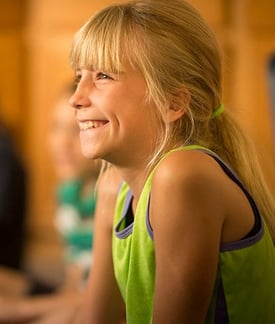As in many industries, trends in education come and go—sometimes quickly. Each trend often comes with its own acronyms or new educational buzzwords to describe specific types of teaching and learning. This can be overwhelming to parents who are trying to evaluate school options for their children. Sanford School’s faculty members have devised a “cheat sheet” incorporating their own observations to help you work your way through the current lingo.
Higher-Order Thinking Skills:
Higher-order thinking skills include critical, creative, logical, metacognitive, and reflective thinking skills that allow students to learn, improve their learning, and prepare them for the future. Teachers model these skills in lessons in order for students to construct these skills necessary for success. Some teaching models are Bloom's Taxonomy and Marzano's Dimensions of Learning.
“I try to get students to use their higher-order thinking skills (HOTS) every class period. Be it a lab, research, 3-D design, or printing, I always answer a question with a question. What do you think? Tell me what you know. Why won't I tell you the answer? If a student is truly lost, I will ask guided questions to lead them to the answer they want.”
Makerspace
A makerspace is a learning space with the tools, equipment, and space for creative, collaborative teaching. Tools can be a mix of high tech (3D printers, laser printers) to low tech (LEGO bricks, recycled materials). It provides students a place to brainstorm, try, fail, and problem solve. Lessons are typically project- or problem-based and include the following stages of the design process: Ask, Imagine, Design, Build, Evaluate, and Refine.
“Complete creativity should be encouraged without the stress/pressure of a grade.”
STEM/STEAM:
These are two related terms that are particularly powerful buzzwords right now.
- STEM: Science, Technology, Engineering, and Mathematics
- STEAM: Science, Technology, Engineering, Art, and Mathematics
Both acronyms can be used interchangeably to describe engaging, interdisciplinary lessons that incorporate problem-solving and hands-on learning to provide connections to the global world. Teaching integrates collaboration and technology appropriately to provide the best learning environment to achieve these goals.
“STEM to me is allowing kids the opportunity to create, design, test, improve, whatever they are working on. I allow students complete creativity in STEM projects and encourage them to take risks and think/work outside the box.”
21st Century Teaching/Skills:
In many ways, the 21st Century Learning model incorporates all the current trends included here. They all share a common goal: teaching and learning the critical-thinking and interpersonal skills students need to succeed in a global and digital age in the most effective ways possible.
To meet those objectives, teachers facilitate lessons that:
- incorporate different teaching styles
- are tech-savvy
- are student-centered, hands-on, collaborative, and project- or problem-based.
For 85 years, Sanford School has embraced many teaching styles and has always been "student-centered." We have a strong track record of preparing students for success in both higher education and a competitive, global workforce.
The faculty at Sanford School in Hockessin, Delaware, are no strangers to working collaboratively in their planning, their teaching, and in their own ongoing learning. The faculty’s average tenure is 12 years, and 58% hold advanced degrees. Many have received summer study grants to be at the forefront of incorporating new strategies and innovations into their teaching.







